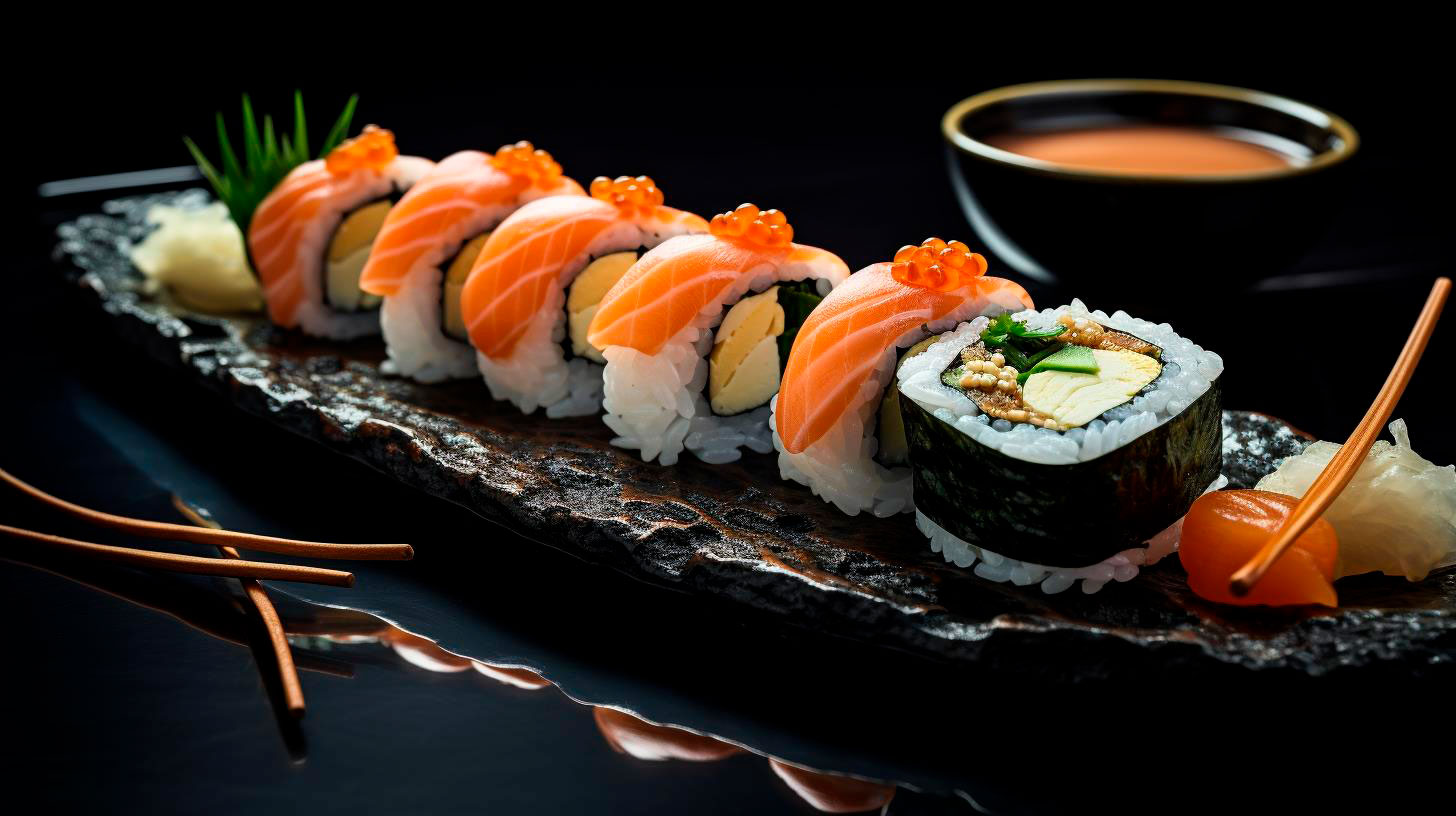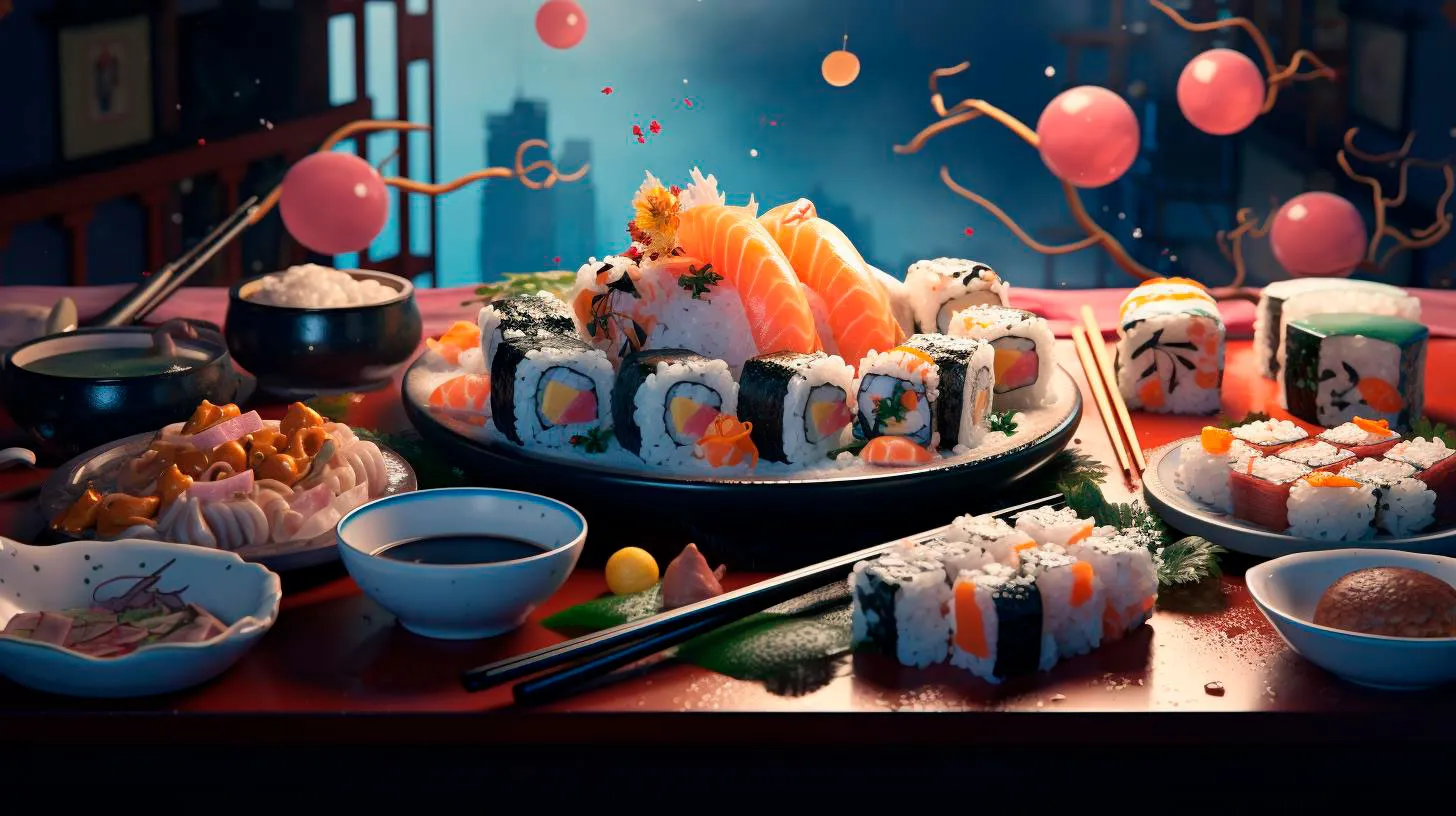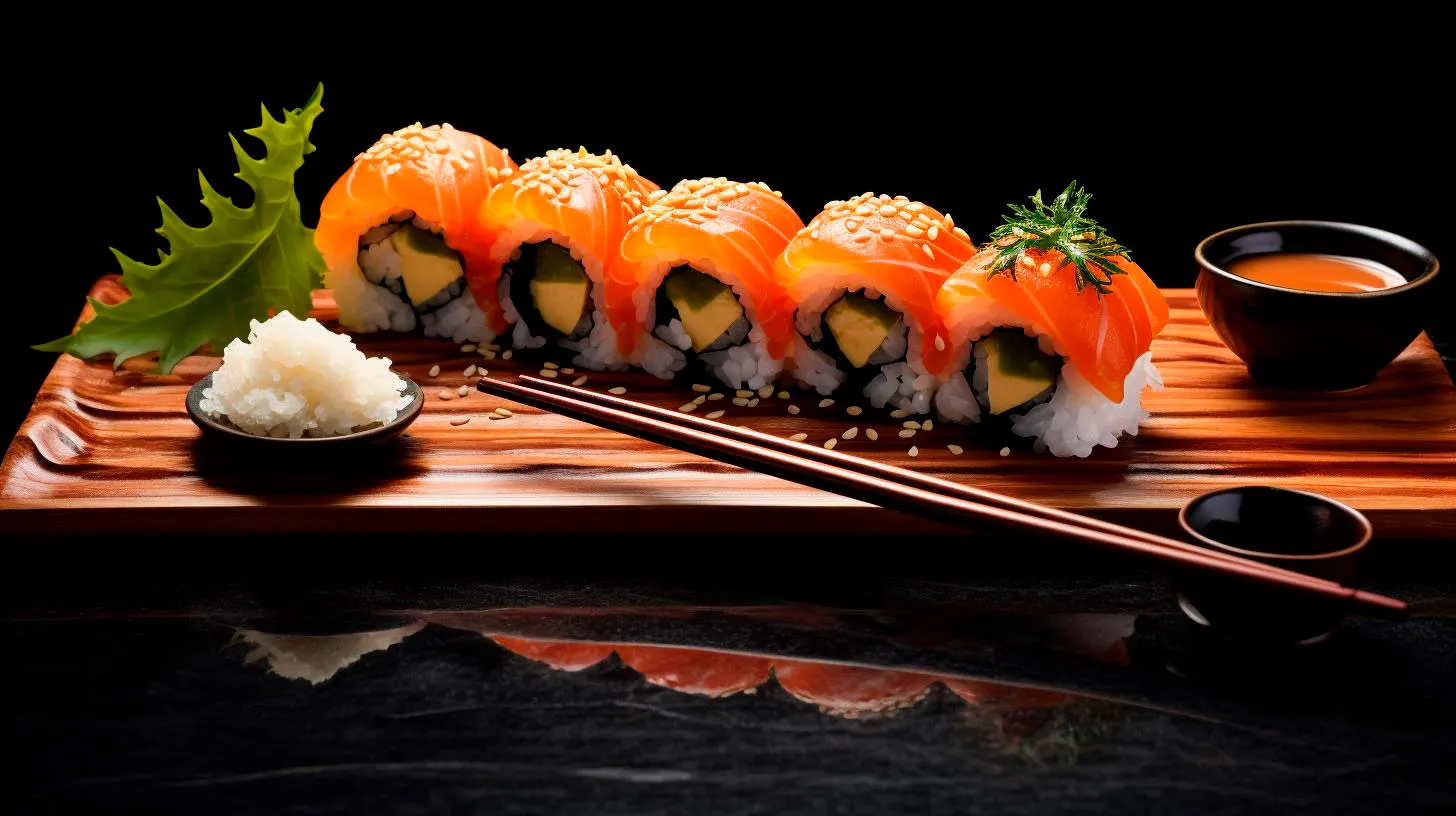Let’s dive into the world of sustainable fishing practices in sushi and explore the steps we can take to support this cause.
The Importance of Sustainable Fishing
Sustainable fishing refers to catching fish in a way that does not harm the target species or the broader marine environment. Traditional fishing practices often result in overfishing, where species are caught at a rate faster than they can reproduce. This imbalance affects the biodiversity of our oceans and threatens the survival of fish populations.
Sustainable fishing practices aim to protect fish populations and preserve the delicate balance of marine ecosystems. By using methods that reduce bycatch, avoid damaging habitats, and employ responsible fishing quotas, sustainable fishing helps maintain healthy populations of fish and promotes long-term sustainability.
Key Takeaways:
- Sustainable fishing practices aim to protect fish populations and preserve marine ecosystems.
- Reducing bycatch, avoiding habitat damage, and implementing responsible fishing quotas are crucial elements of sustainable fishing.
Sustainability in Sushi: What You Need to Know
As a popular dish in many parts of the world, sushi has a significant impact on our oceans. The global sushi industry heavily relies on various fish species, some of which are overfished or caught using destructive methods. Supporting sustainable fishing practices in sushi is essential to ensure that the seafood on our plate is both delicious and environmentally responsible.
Thankfully, many sushi restaurants and suppliers are recognizing the importance of sustainability and are taking steps to source their fish responsibly. Some key elements of sustainable sushi include:
- Locally sourced fish: Choosing fish that are abundant in local waters reduces the carbon footprint associated with transportation and supports local fishing communities.
- Seasonal fish selection: Sourcing fish based on their natural spawning and migration cycles ensures that species are not caught during vulnerable periods, allowing them to reproduce and maintain healthy populations.
- Avoiding endangered species: Responsible sushi restaurants avoid serving fish species that are endangered or at risk of becoming endangered.
- Certifications: Look for sushi establishments that have certifications from reputable organizations, such as the Marine Stewardship Council (MSC), which certifies sustainable fishing practices.
Key Takeaways:
- Choosing locally sourced and seasonal fish reduces the carbon footprint and helps maintain healthy fish populations.
- Avoid sushi made from endangered species and support restaurants with certifications from reputable organizations like MSC.
Consumer Power: Making Sustainable Choices
As consumers, we have the power to make a difference by supporting sustainable fishing practices in sushi. Here are some steps you can take:
- Research sushi restaurants: Before dining out, do some research on the sustainability practices of local sushi establishments. Look for menus that prioritize sustainability and inquire about their sourcing methods.
- Ask questions: Don’t hesitate to ask your server where the fish comes from and how it was caught. By showing an interest in sustainable sourcing, you can encourage restaurants to prioritize these practices.
- Choose sustainably sourced fish: When ordering sushi, opt for options that are made from fish species known to be abundant and sustainably caught.
- Spread the word: Share your experiences with sustainable sushi and raise awareness among friends and family. By spreading the word, you can inspire others to make sustainable choices too.
By supporting sustainable fishing practices in sushi, we can contribute to the preservation of our oceans and ensure that future generations can continue to enjoy this beloved dish. With the power of our choices, we can help shape a more sustainable and responsible sushi industry.
Conclusion
In conclusion, supporting sustainable fishing practices in sushi is imperative for the well-being of our oceans. By choosing sushi made from locally sourced, seasonal, and sustainably caught fish, we can ensure that our favorite dish is not only delicious but also environmentally responsible. Through consumer awareness and action, we have the power to drive change and shape a more sustainable future for sushi and the marine ecosystems it depends on.
Let’s be mindful of the impact of our sushi choices and opt for sustainability, one bite at a time.



